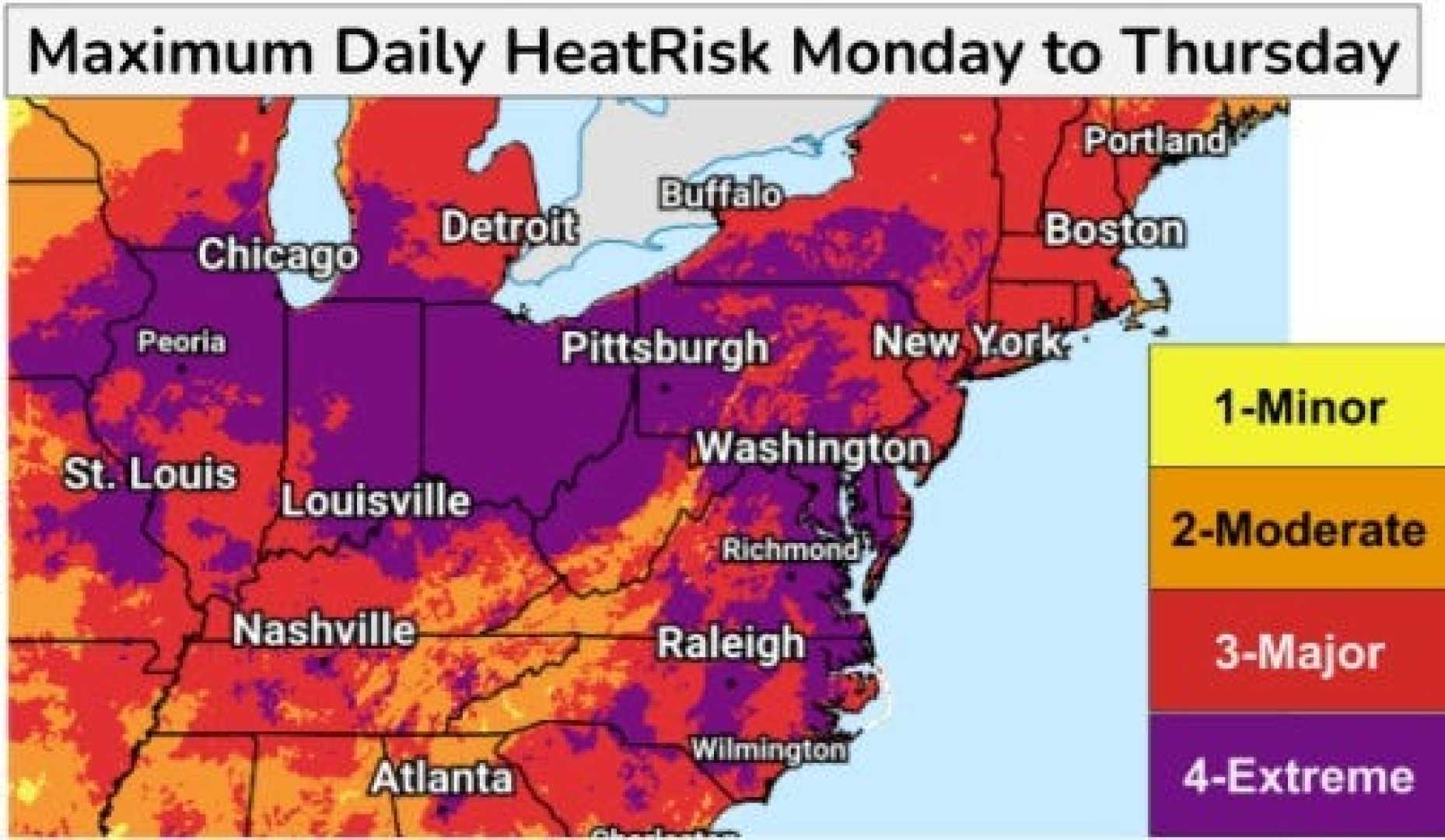News
Power Grids Brace for Summer Surge Amid Heat Wave

WASHINGTON, D.C. — As extreme heat and humidity sweep across much of the United States, power grids are facing their first major test of the summer. The North American Electric Reliability Corporation (NERC) reports a projected demand increase of 10 gigawatts (GW) compared to last year, the largest rise since 2023.
NERC’s 2025 Summer Reliability Assessment warns that while most grids are expected to manage the increased demand, some regions may struggle, particularly during peak usage periods. The Midcontinent Independent System Operator (MISO), which provides power to 42 million customers across the Midwest and parts of the South, is highlighted as being at elevated risk due to a reduction in capacity and a higher reliance on renewable energy sources.
“The situation is concerning as some regions may encounter operating reserve shortfalls. This can lead to blackouts during periods of extreme demand,” explained Dale T. Sweeney, NERC’s senior technical advisor.
Texas, New England, and areas across the Great Plains are also noted as regions potentially vulnerable to shortfalls. Texas has been ramping up its electricity demand in recent years by attracting energy-intensive industries, particularly data centers and semiconductor manufacturing plants.
Jefferies analysts weigh in, suggesting that while this tightening supply-demand scenario poses a challenge, it could ultimately benefit utility companies in the long run through increased investment needs and higher margins.
“We anticipate that utilities will need to invest in infrastructure to support the growing demand, which can lead to better financial performance,” the analysts stated in a recent note.
Many consumers are already feeling the impact of rising temperatures, which has led to higher energy consumption, straining local power grids. As the summer progresses, it will be critical for grid operators to monitor and manage energy demands effectively to mitigate any outages.
This coming summer could set a precedent for how power grids manage unprecedented demand amid climate change fluctuations, marking a pivotal moment for energy policy and infrastructure in the United States.












